National Dish of Bhutan | The Ema Datsi
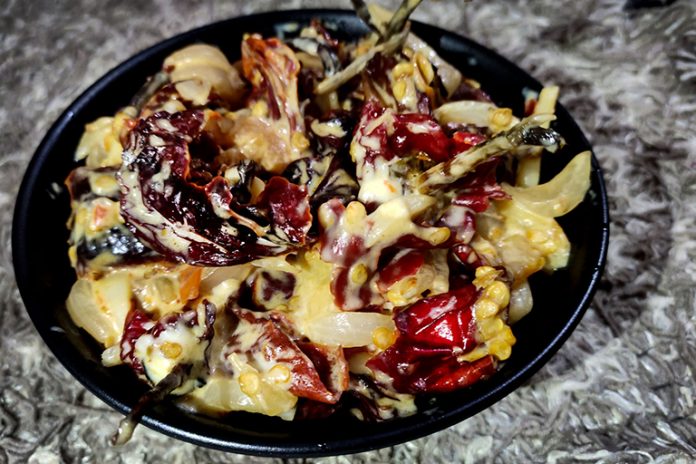
So what is ema datsi? Ema Datsi is the national dish of Bhutan. The literal translation of emadatsi is Chilli and Cheese, Ema means Chilli and Datsi meaning cheese. It is one of the most popular dishes from Bhutan and it is served in restaurantsall over Bhutan. What is the origins of ema datsi Ema […]
Bhutan is the only Carbon Negative country in the world
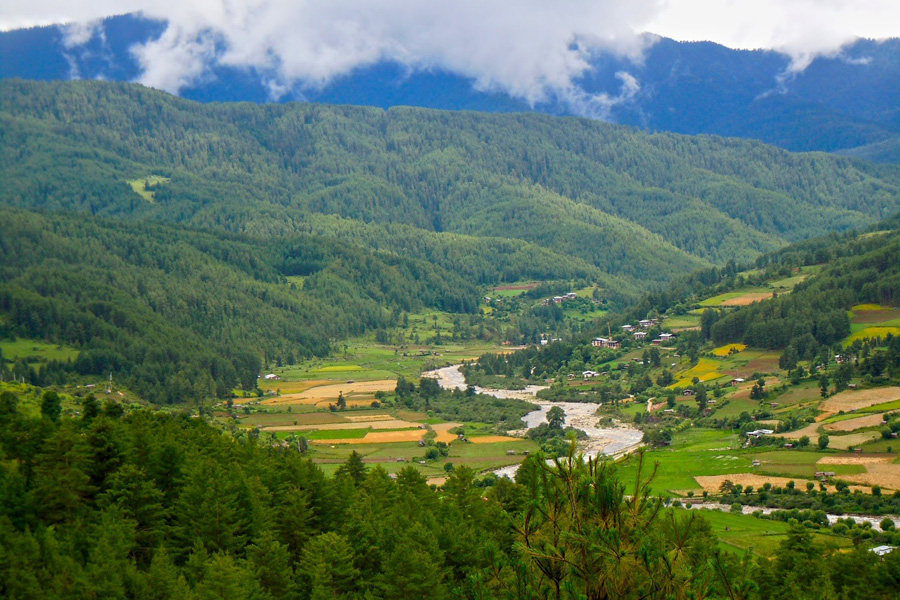
Mountain ecosystems are sensitive to the impacts of climate change and are being affected at a faster rate than other terrestrial habitats. But this vulnerable system is not at the centre of climate change debates. However, Bhutan is setting a precedent, often going it alone. Envisioned by His Majesty The King, the Snowman Race (SMR) […]
Tourism Policy – the Way Forward
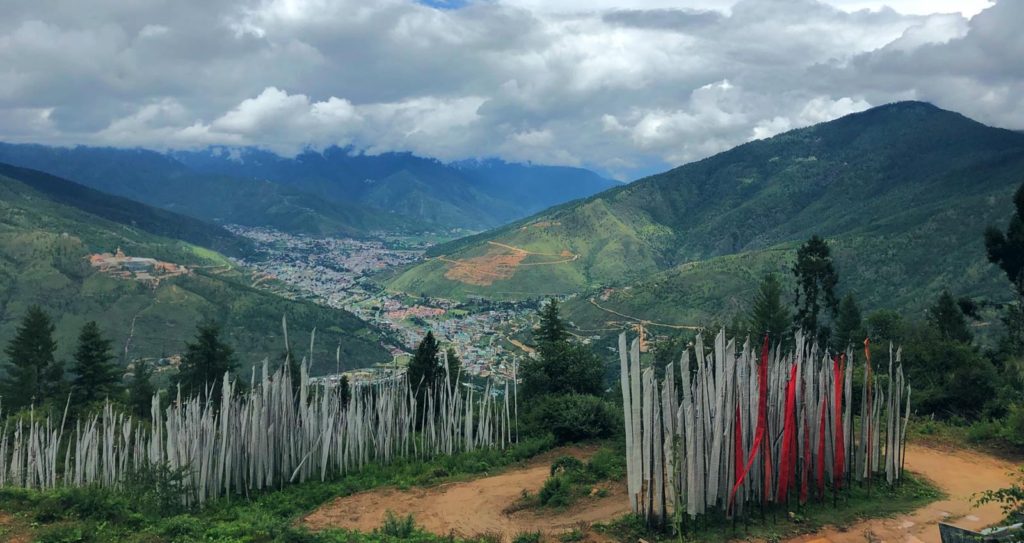
Under the blessed stewardship of our visionary Kings, from the very start of tourism in the early 1970s, we have always been on the right road: a road that is less travelled; a road that is globally envied; a road to a very special destination — a destination that is exclusive and happy, popularly known […]
According to Lonely Planet, Bhutan is the top country to visit in 2020: here’s why we agree
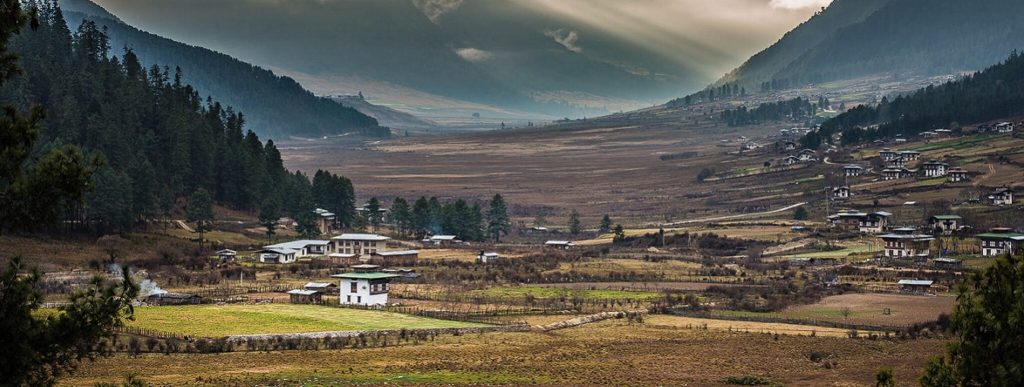
Lonely Planet’s annual Best in Travel list is always a highly anticipated, hotly discussed wrap up of what’s trending around the world in the upcoming year – and the 2020 edition is no exception, with the tiny Himalayan kingdom of Bhutan clocking in at number one. There are many reasons why Bhutan is such an […]
Bhutan to levy Sustainable Development Fee (SDF) of Nu 1,200 per person per day for regional tourist
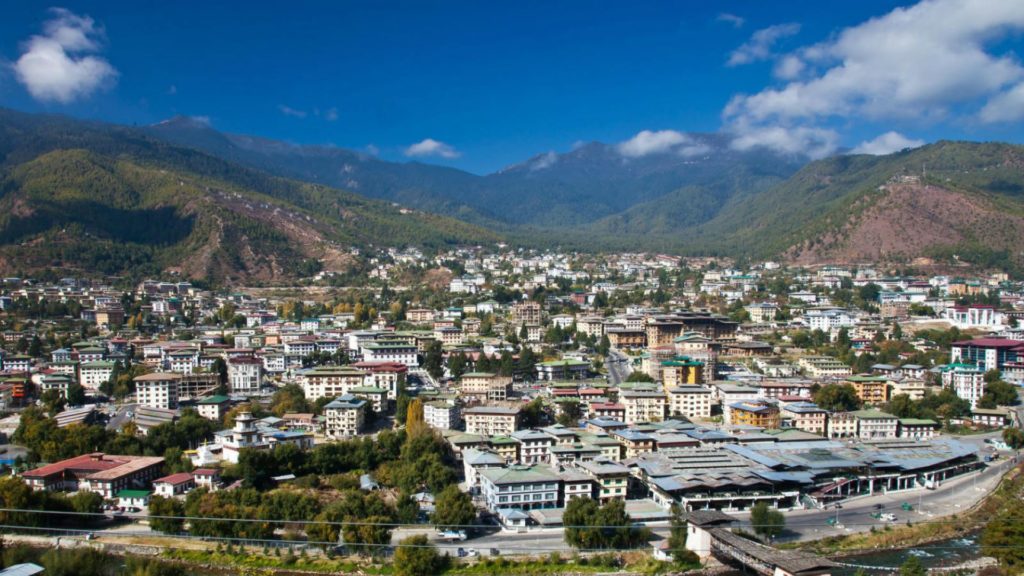
Tourists from the region visiting Bhutan would have to pay Nu 1,200 per night per person as sustainable development fee (SDF), according to the Tourism Levy and Exemption Bill of Bhutan 2020. The National Assembly (NA) decided this yesterday following the recommendations of the environment and climate change committee, as a new proposal in the […]
Spatial Awareness Traditions are cherished in the sacred mountains of Bhutan
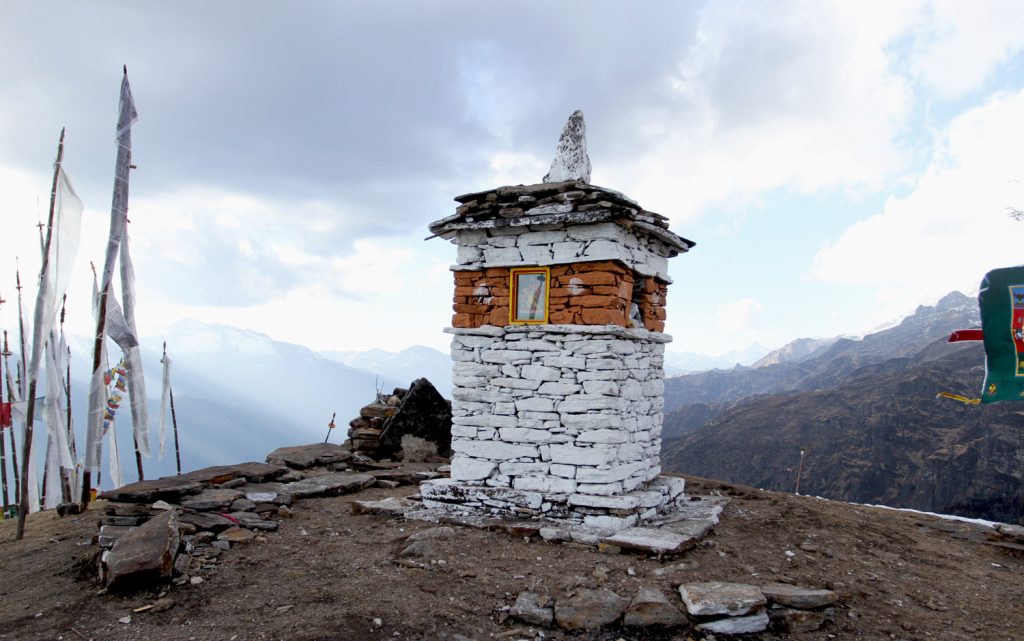
I spend the night above Chelala Pass, near a sky burial site that lay empty. With no body left exposed to the elements, ravens circle above but without reason to land today. Through my tent flap I watch the clouds lift, and for a moment Bhutan’s second highest mountain, Jomolhari, is revealed. With a soft […]
How Thimphu was chosen as the new capital of Bhutan
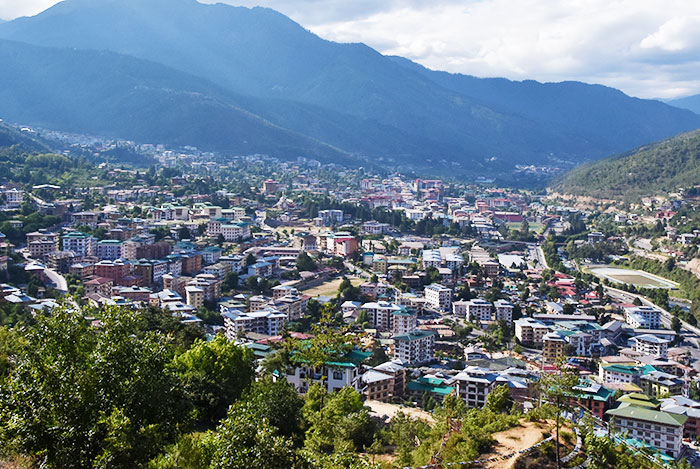
“The favourable aspects of a site in Thimphu valley have made it eminently suitable for the capital.” A recently discovered report titled, “New Capital for Bhutan in the Thimphu Valley,” dated April 1963, reasons why Thimphu was eminently suitable as the new capital of Bhutan. The first reason was that Thimphu was suitable for round-the-year […]
19 ESSENTIAL THINGS YOU MUST KNOW BEFORE PLANNING A TRIP TO BHUTAN
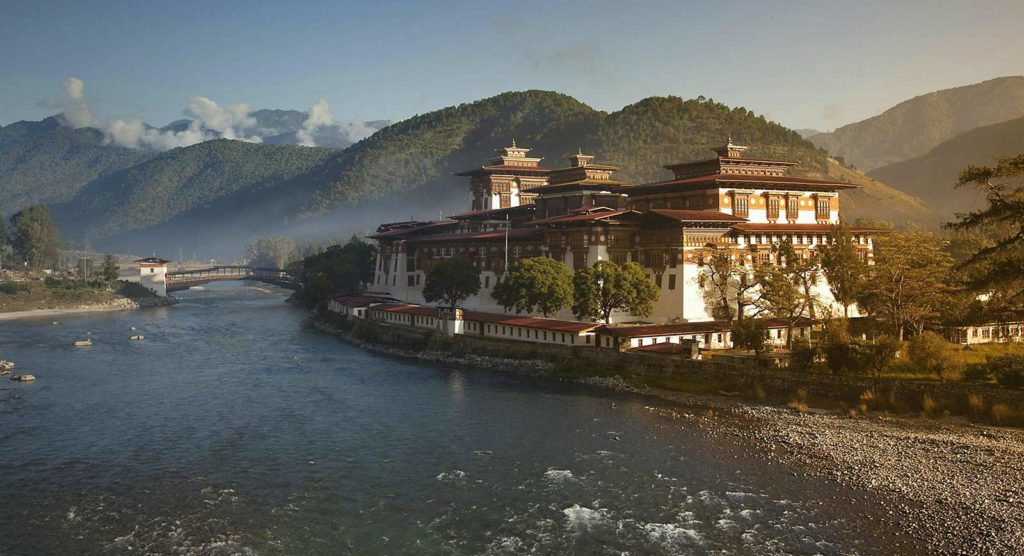
Written by Norbert, re-edited 2019 Nestled in the Himalayas, the Kingdom of Bhutan is one of the most stunning destinations that few travelers make it to due to its location, cost, or travel logistics. As the only Vajrayana Buddhist nation in the world, Bhutan counts with a strong cultural heritage, a harmonious society, and a […]
Farmhouse in Bhutan: the ultimate Bhutanese experience in 2021
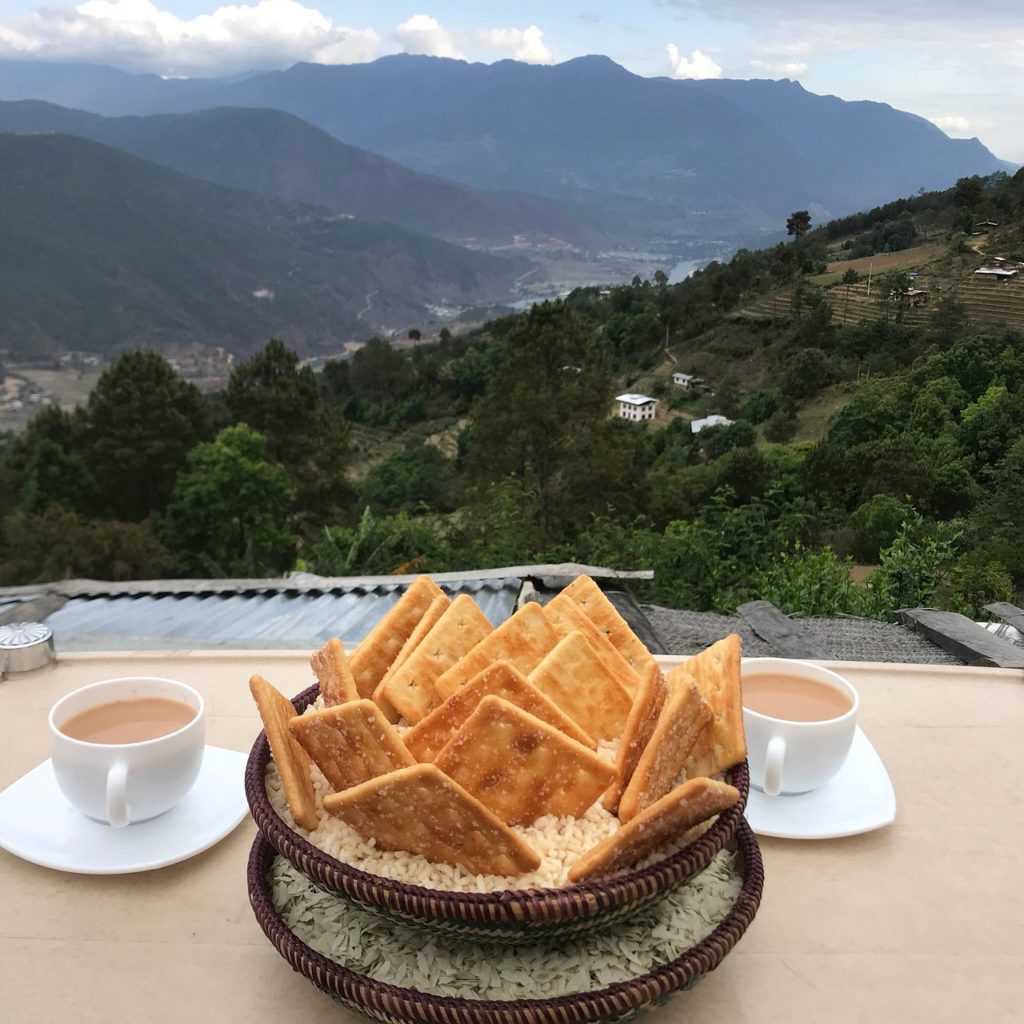
Do you ever wish to rewind your childhood days ?
–No high-rise buildings, no air conditioned room- simply a cosy house with a nice farm upfront and a surrounding courtyard. This is exactly what farmhouses in Bhutan have to offer!
Visas for Bhutan: Your Step-by-step Guide On Getting It
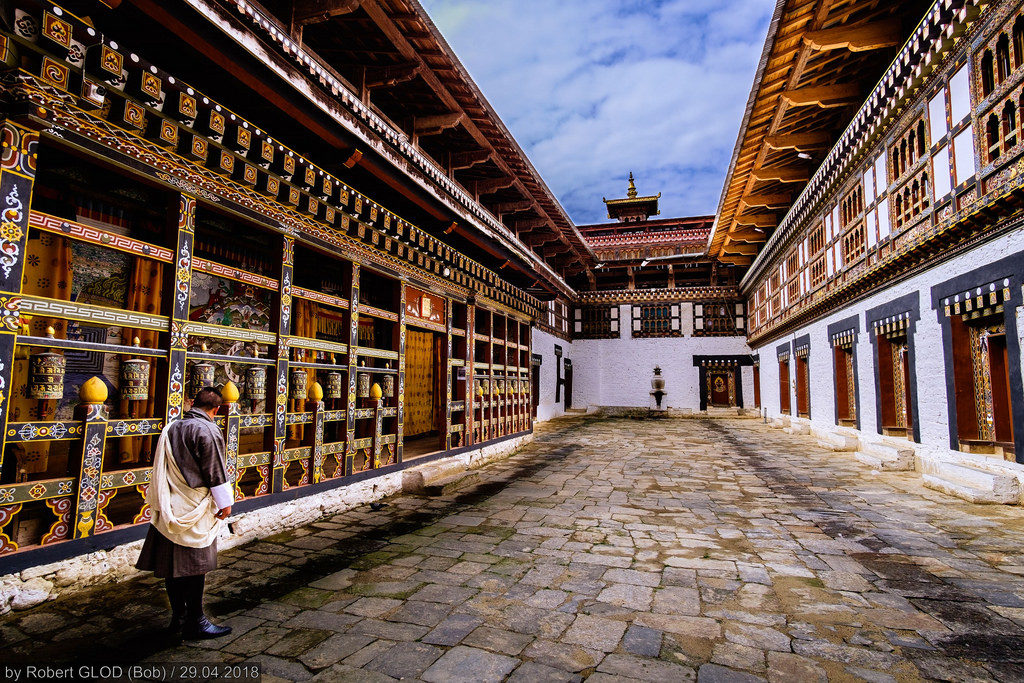
One of the most mysterious countries in the world, Bhutan government has strict control on the numbers of tourist visiting the country. This policy has been implemented since the 80s, to protect and maintain Bhutan’s unique culture and environment. Today, more and more people are attracted to this last sanctuary on Earth to unveil the […]
